#artist is giovanna garzoni
Text

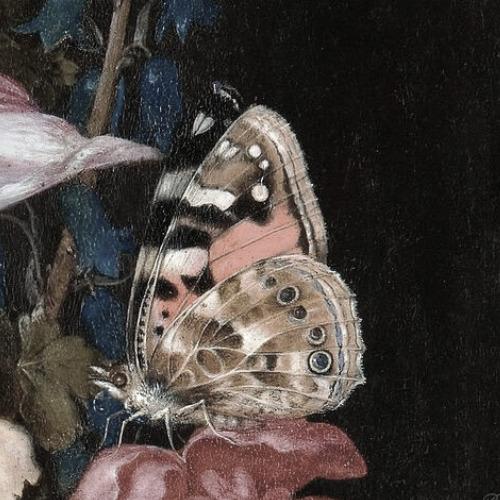


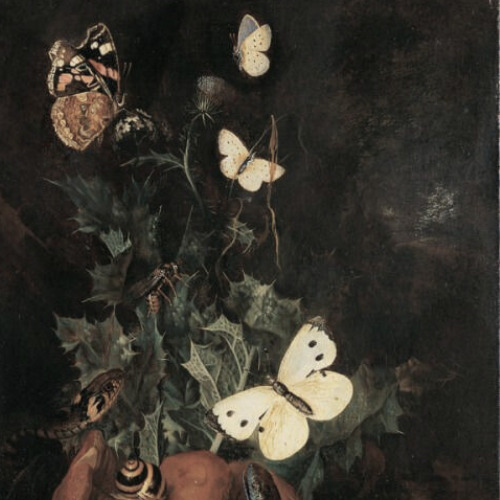
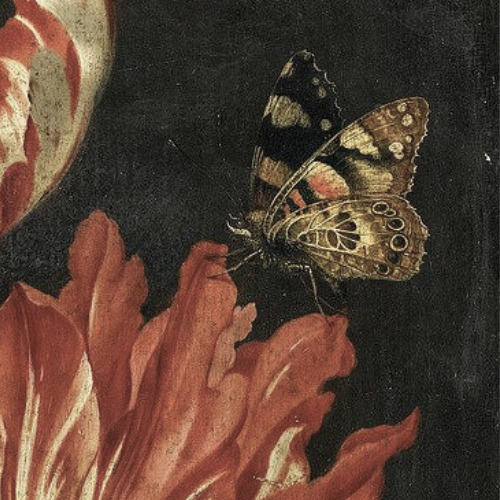
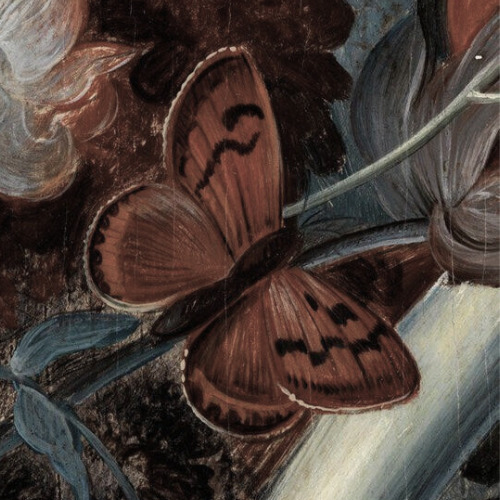

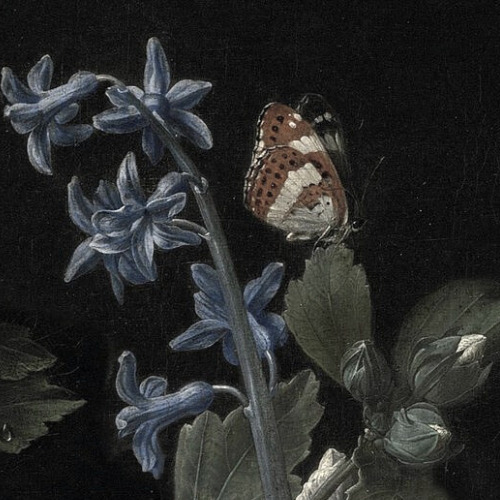
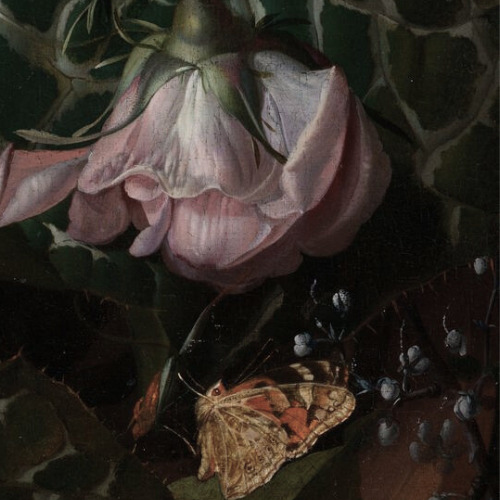
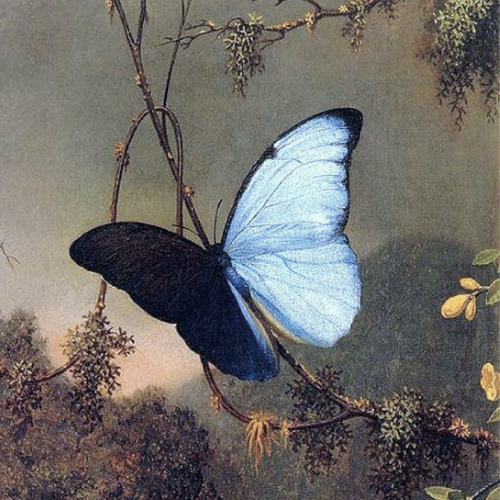

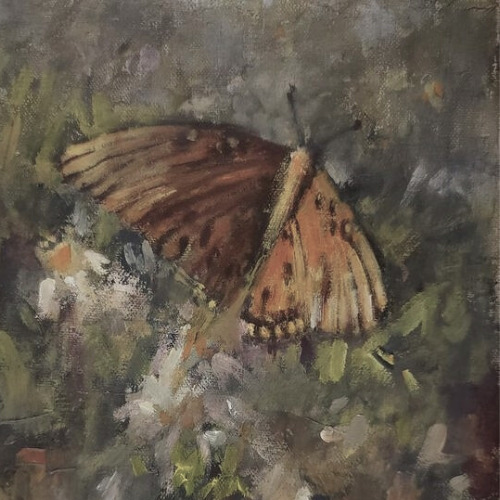

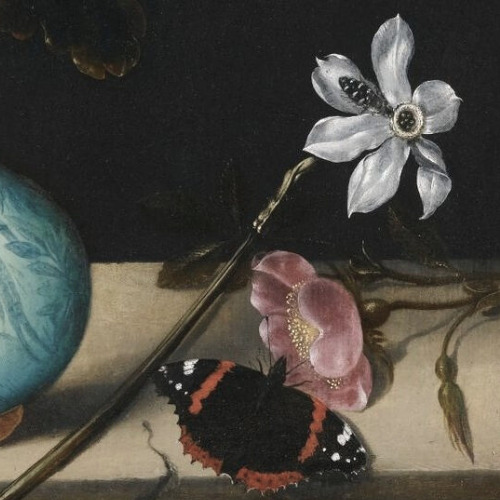

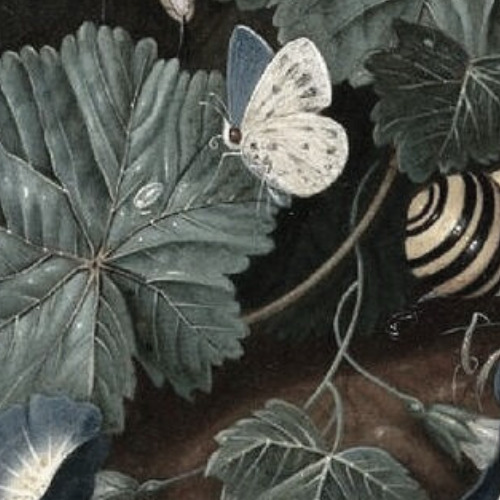
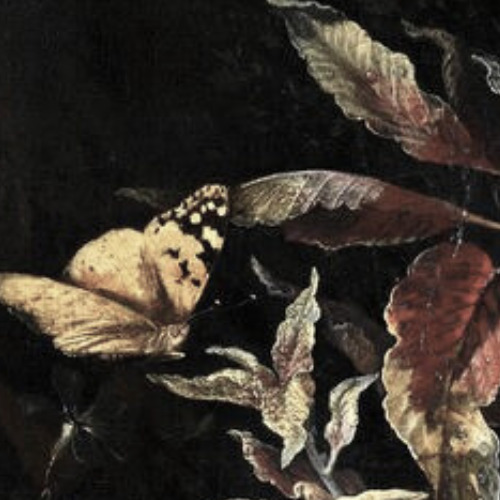
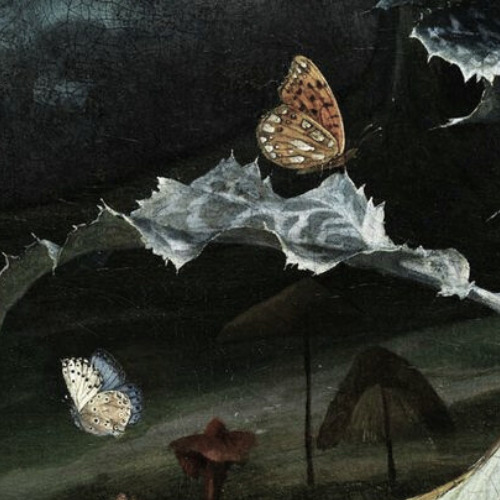

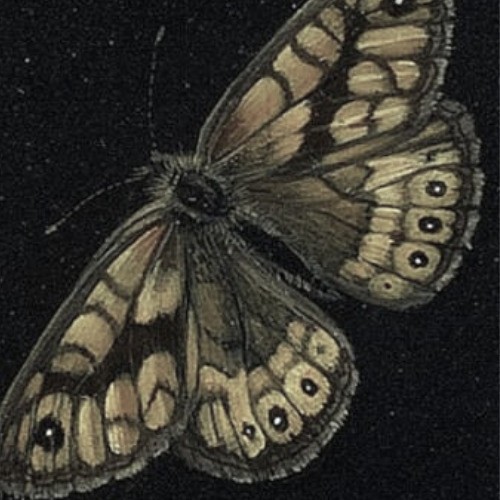
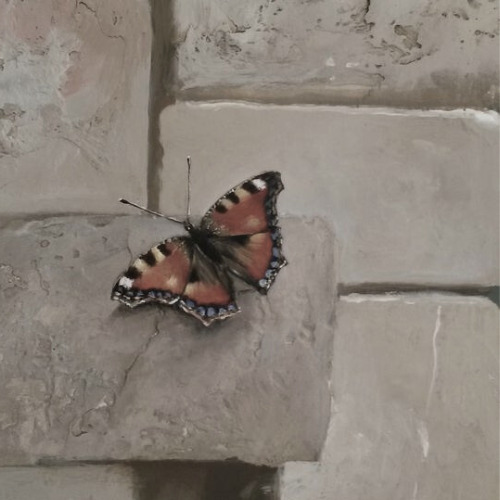
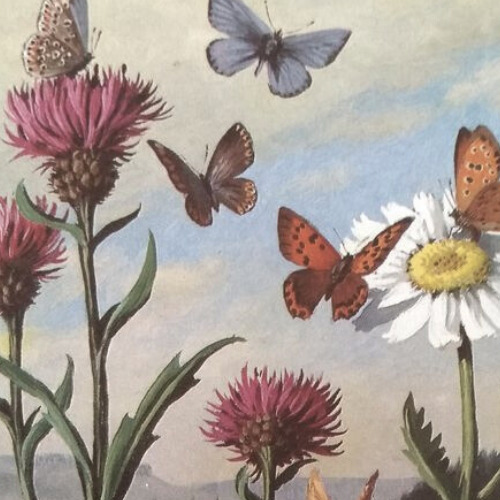
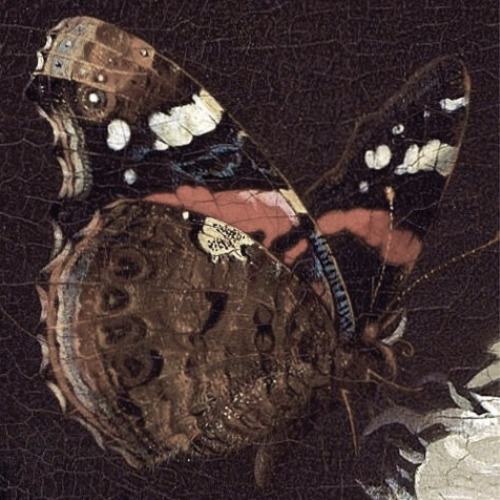
insects in art: butterflies
#artist is harold h. piffard#artist is ambrosius bosschaert the elder#artist is elias van den broeck#artist is melchior d'hondecoeter#artist is carl wilhelm de hamilton#artist is balthasar van der ast#cant find artist#artist is edward george handel lucas#artist is nicolaes van veerendael#-cant find artist#artist is martin johnson heade#---cant find artist#artist is mary hubley#artist is jan van huysum#-artist is ambrosius bosschaert the elder#artist is adrian coorte#-artist is karl wilhelm de hamilton#artist is otto marseus van schrieck#artist is otto marseus van schrieck-#artist is elias van den broeck-#artist is giovanna garzoni#---cant find artist--#artist is john leigh-pemberton#artist is jan davidsz de heem#art#art history#butterflies#artedit#arthistoryedit#*mine*
7K notes
·
View notes
Text

Still Life with Bowl of Citrons, Giovanna Garzoni, 1640s
#art#art history#Giovanna Garzoni#female artists#still life#Baroque#Baroque art#Italian Baroque#Italian art#17th century art#tempera on vellum#Getty Center
762 notes
·
View notes
Text
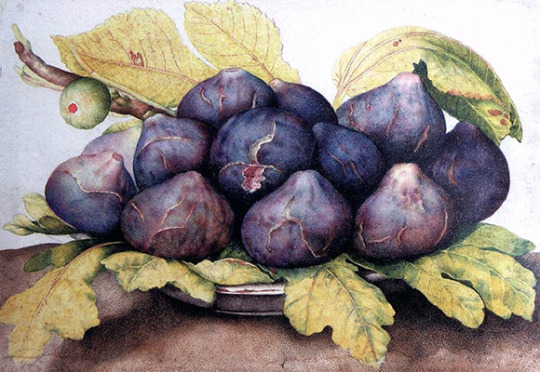
Giovanna Garzoni (Italian, 1600-1670 ) • A Plate of Figs • c. 1662 • Bodycolor on vellum, laid on board
#art#still life#painting#fine art#art history#bodycolor painting#giovanna garzoni#woman artist#italian artist#fruit still life#baroque art#art of the still life blog#17th century european art
59 notes
·
View notes
Text

Giovanna Garzoni (Italian, 1600-1670) • Self-Portrait as Apollo • c. 1620
#art#art history#self portrait#painting#oil painting#giovanna garzoni#woman artist#17th century european art#baroque art#artist as subject#the canvas mirror art blog#art blogs on tumblr#art lovers on tumblr#artwork
46 notes
·
View notes
Photo

Attributed to Giovanna Garzoni (Italian, 1600 - 1670): Peaches, plums, cherries, roses and other fruit in a metallic bowl on a stone ledge (via Dorotheum)
#Giovanna Garzoni#women artists#women painters#art#painting#tempera#still life#fruit#flowers#early women artists#early women painters#seventeenth century#italian painters
95 notes
·
View notes
Text
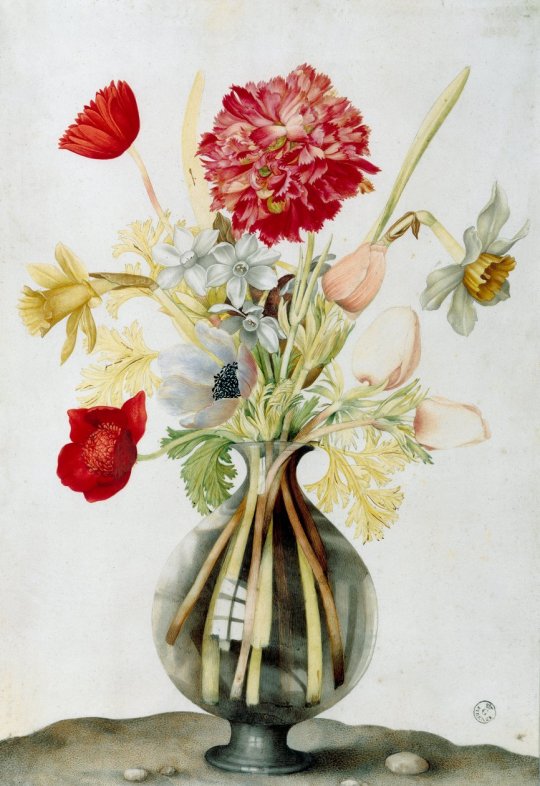
Vase of Flowers with Daffodils, Carnations and Anemones
Giovanna Garzoni (1600-1670, Italian)
Giovanna Garzoni was the daughter of Giacomo Garzoni of Venice and Isabetta Gaia of Ascoli, who also had Venetian ancestors. From 1615 to 1630 she lived intermittently in Venice, where she studied with her uncle Pietro Gaia, a student of Jacopo Palma the Younger , and with the calligrapher Giacomo Rogni. In 1622 she married the portrait painter Tiberio Tinelli, from whom she separated the following year.
In 1630 she traveled with her brother Matteo to Naples, where she entered the service of the viceroy Fernando Alfán de Ribeira. On the way to Naples she spent some time in Rome, where she came into contact with Cassiano Dal Pozzo. In November 1632, at Christina's request, she came to Turin from France and received a position at the court of Vittorio Amadeo I. She created numerous portraits for the court and her first known still lifes. After Vittorio Amadeo's death she left Turin and probably lived in Paris, possibly also in England.
From 1642 she lived as an established artist in Florence and worked particularly for the Medici. Her clients and supporters included Ferdinando II de' Medici, his wife Vittoria della Rovere and Leopoldo de' Medici. Giovanna was at the peak of her popularity at this time, selling many works and becoming somewhat wealthy.
In 1651 she settled in Rome, but continued to maintain contact with her clients in Florence. She purchased a house near the Accademia di San Luca, with which she was closely associated. It is unclear whether and when she was formally accepted into the academy, but from 1654 onwards she took part in the members' meetings. In her will of 1666, the childless Garzoni bequeathed her property to the Academy on the condition that a tomb be built for her in the church of Santi Luca e Martina. This tomb was created by Mattia de Rossi in 1698, 28 years after her death.
Giovanna created mainly works in tempera, watercolor and gouache on parchment, in addition to some oil paintings on canvas. Her motifs are portraits, calligraphy and fruit and flower still lifes, and from 1630 increasingly botanical motifs.
She developed a characteristic, almost pointillist technique between painting and drawing. In the style of English miniature painting, she placed many tiny dots with a special brush and delicate, dense strokes on the parchment. Her works, based on the still life tradition of Orsola Caccia, Panfilo Nuvolone and Fede Galizia, show fruit and vegetable peels, often combined with flowers, animals or foliage in a simple, symmetrical structure. Her floral still lifes are varied and display an extraordinary wealth of color.
From around 1630, Giovanna's pictures show a naturalistic, non-idealized representation of plants and animals that correspond less to contemporary still life painting than to natural history painting in the tradition of Dürer or Leonardo or to the model of Jacopo Ligozzi. Giovanna was obviously knowledgeable in botany and also created illustrations for flower books.
Giovanna's other works: http://www.artnet.de/k%C3%BCnstler/giovanna-garzoni/
#dianthus#carnation#daffodils#anemones#painting#still life#flowers#flower vase#glass vase#women in art#woman painter#woman artist#17th century art#17th century painting#italian art#giovanna garzoni#reflex#woman artwork#fine art
5 notes
·
View notes
Photo


Giovanna Garzoni
Pages from a Herbarium, 1630-1632
Dumbarton Oaks Museum, Washington D.C.
via: David Zwirner
108 notes
·
View notes
Text
Giovanna Garzoni, Still Life, c.1600s

3 notes
·
View notes
Text

Giovanna Garzoni, Still Life With Pears And A Butterfly
#Giovanna Garzoni#powerpoint slide#women painters#baroque painting#italian artists#pittrici italiane
2 notes
·
View notes
Text


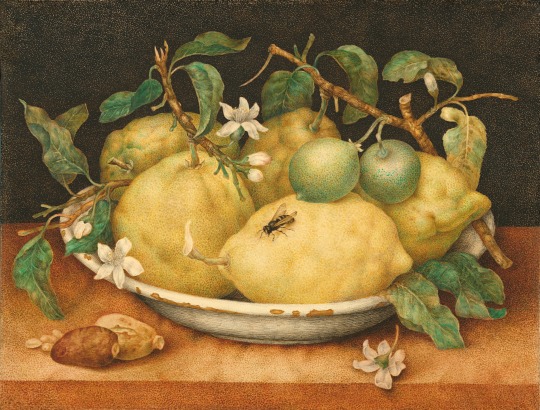
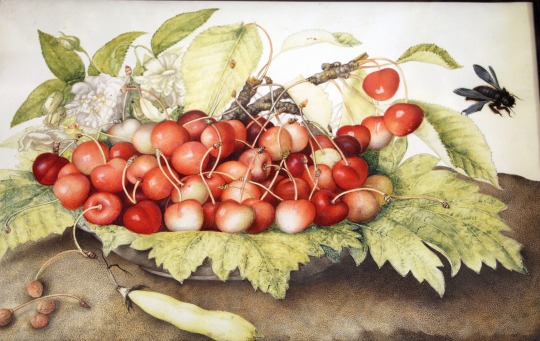
Art by Giovanna Garzoni, a women artist in Italy during the 1600s.
#Giovanna Garzoni#art#art history#aesthetic#painting#bugs#nature#naturecore#flowercore#warmcore#farmcore#light academia#dark academia#gardencore#cottagecore
2K notes
·
View notes
Photo

A Hedgehog in a Landscape (1643-51)
Lovely portrait of a hedgehog, small snail, acorns, and leaves by Giovanna Garzoni (Italian, 1600-1670). Artwork is held in a private collection in West Hartford, Connecticut and loaned to the Detroit Institute of Arts for the exhibition, By Her Hand: Artemisia Gentileschi and Women Artists in Italy, 1500–1800, held 6 February – 29 May 2022.
433 notes
·
View notes
Note
- What inspired you to draw?
- What is the story of the Addams AU Turtles? (I don't know if I wrote it correctly.) When did they start with those attitudes of... well, what they are now. Did they start with those attitudes when they were kids, or did Splinter raise them that way?
- Did you see Frida's design? What do you think of her?
I would like to ask more, but I don't want to bother you.
I started drawing like PROPERLY in 1st grade bc this stupidass kid named Jefferson showed a comic he drew for show and tell and he was getting attention and I was pissed cus I thought I could draw better so I started drawing a lot and then never stopped. Yes I'm 100% serious
Mostly it was the nurture rather then nature (ig of the exception of Leo, maybe also raph) bc Splinter taught them yk. Creepy kooky things, which was only added onto by their war machine DNA and such (Leo probs would've come out strange bc of how fried his brain is w/ no sleep but definitely not as bad, Raph does have an instilled temper but I feel w/ proper nurture it could be helped)
I have and look!!! I do like the design, kinda, she does not look good in the BM outfit but whatever, but. I don't like the name Frida, I would've preferred Kahlo or even like named after. A different artist like of the same art period as the boy's names (like Artemisia Gentileschi, Lavinia Fontana, Giovanna Garzoni, or Elisabetta Sirani) but yeah I like her, I hope we can get mote instances of her in the comics, I wanna know what she's like and such
I don't mind I like yapping ask me what you'd like
17 notes
·
View notes
Text


Two Butterflies
Artist: Giovanna Garzoni (Italian, 1600–1670)
6 notes
·
View notes
Text

Giovanna Garzoni (Italian, 1600-1670 ) • Cherries and Carnations • Undated • Watercolour on parchment
#art#painting#fine art#still life#art history#watercolour painting#fruit & flowers still life#baroque still life#17th century european art#giovanna garzoni#italian artist#woman artist#art lovers on tumblr#art blogs on tumblr
35 notes
·
View notes
Text

Giovanna Garzoni (1600–1670) was an Italian painter of the Baroque period. She began her career painting religious, mythological, and allegorical subjects but gained fame for her botanical subjects painted in tempera and watercolour. Her works were praised for their precision and balance and for the exactitude of the objects depicted. More recently, her paintings have been seen to have female bodily associations and proto-feminist sentiments. She combined objects very inventively, including Asian porcelain, exotic seashells, and botanical specimens. She was often called the Chaste Giovanna due to her vow to remain a virgin. Via Wikipedia
Artwork: Still Life with Bowl of Citrons, late 1640s, now in J. Paul Getty Museum.

#GiovannaGarzoni #Italianpainter #Baroque #ChasteGiovanna #artherstory #artbywomen #womensart #palianshow #art #womenartists #femaleartist #artist
0 notes
Text

Giovanna Garzoni “Natura morta con popone su un piatto, uva e una chiocciola“ (1642) Museo della Natura Morta, Villa Medicea di Poggio a Caiano.
18 notes
·
View notes